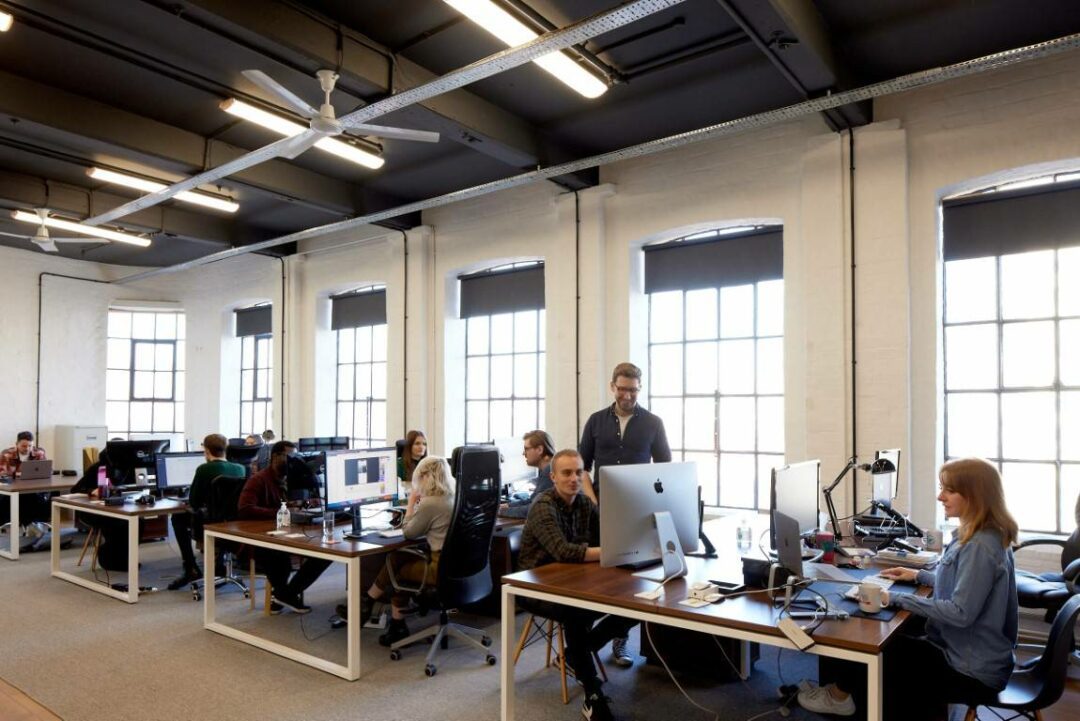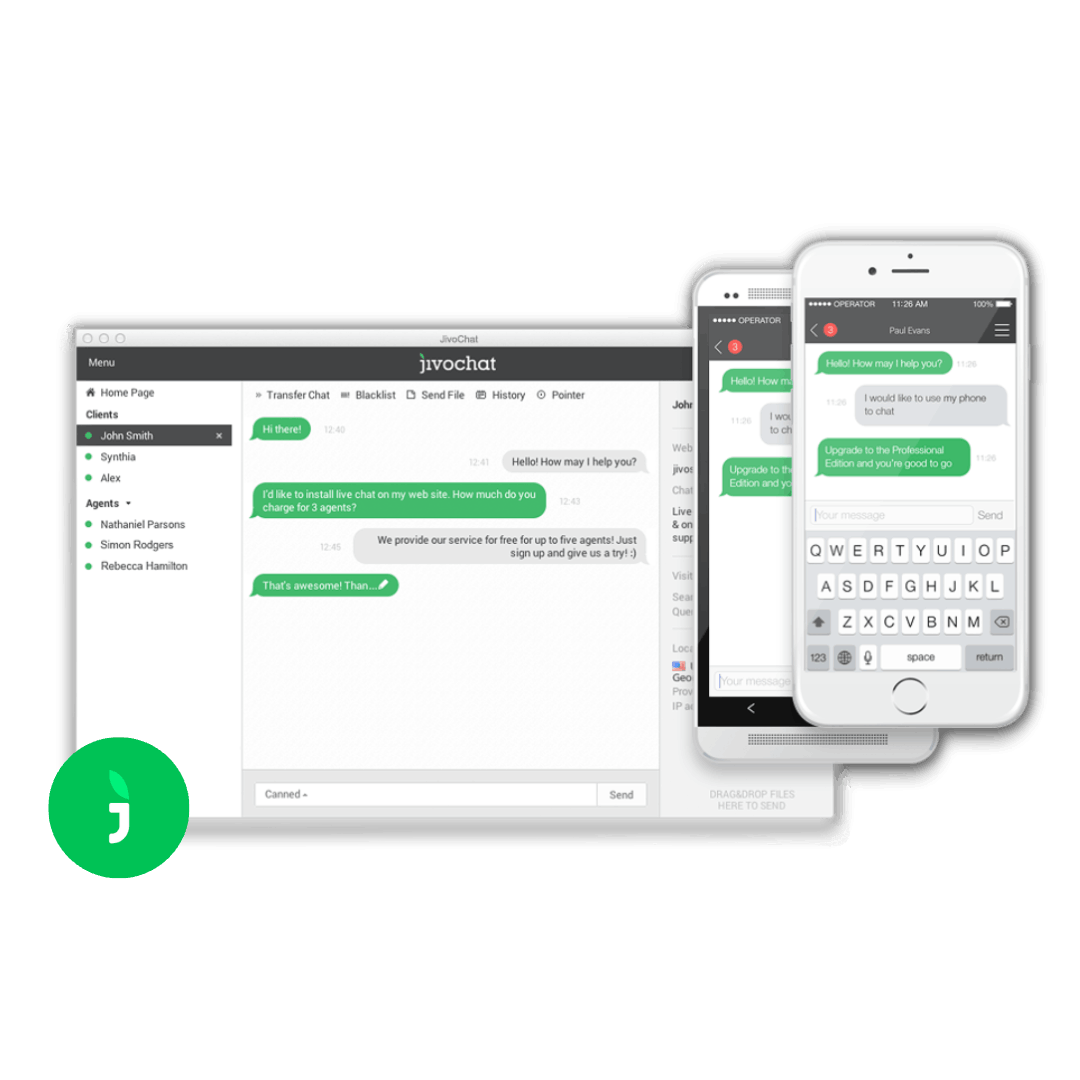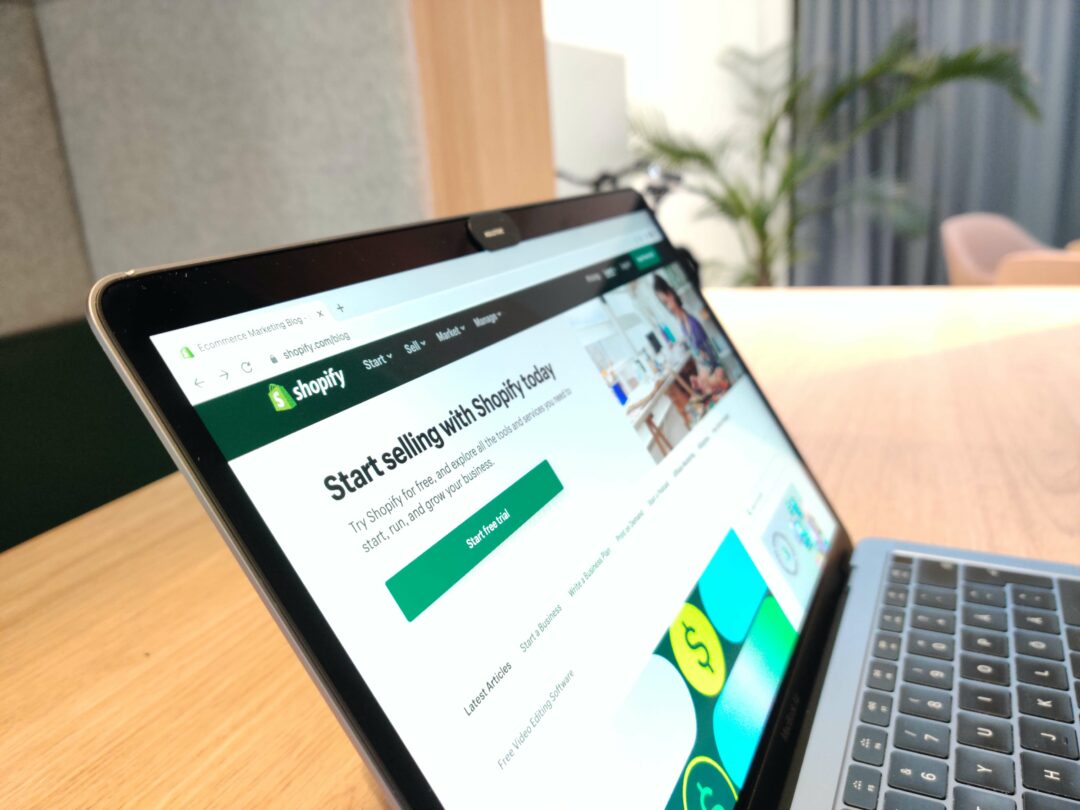Around 2 years ago Strafe changed its overall process for how we not only start projects, but also how we try to continually improve and manage them. Our process is now incredibly detailed so we can really get into the nitty gritty details of our clients problems.
When sitting down to write this blog we realised that there’s been a lot of learnings over the years with all of our projects and what better way to help other people than by revealing some of the mistakes or pitfalls we have fallen into over the years and to try to give you an understanding of how you can avoid these.
In the fast-paced world of design, managing a project efficiently is both an art and a science. The challenge lies not just in the creative execution but also in ensuring that the project is completed on time and of course, within budget.
Understanding the Scope and Setting Realistic Goals
The foundation of a successful design project lies in a clear understanding of its scope and setting achievable goals. A well-defined project scope outlines the boundaries and deliverables of the project, serving as a roadmap for all involved. It is essential to involve stakeholders in this process, ensuring their expectations align with the project’s capabilities and limitations.
This initial scope isn’t just about the technicalities of the project but it’s really understanding the personas of the user; who is going to be using the website as well. Having that time to consider the users wants and needs is the best way to then move on to these next steps which is around goal setting, ensuring we have everything set beforehand so everyone has a thorough and understanding of the user means these goals are much easier to align.
Setting Realistic Goals: Goals should be specific, measurable, achievable, relevant, and time-bound (SMART). This clarity helps in creating a focused project plan and provides a benchmark against which progress can be measured. For example the goal of websiteXx is to have a minimum of 10 people fill in a form every single day.
Engaging Stakeholders: Regular meetings with stakeholders to discuss the project’s direction and gather feedback can ensure that the project remains aligned with their expectations. This collaborative approach helps in mitigating misunderstandings and setting realistic timelines and outcomes.
There is an approach called “Agile” which makes use of something called a 15-minute stand-up. Depending on the project you are running these 15 minutes stand ups can be daily, twice a week, once a week, or even every few weeks. But the main important factor to keeping projects progressing is the ability to communicate not just over text or email but with our voices too. So there is no confusion or misunderstanding. Another great reason to have these stand-ups are to ensure accountability on both sides.
Effective Planning and Time Management
A detailed project plan is the backbone of effective project management. It outlines every step of the process, from initial concepts to final deliverables, including timelines, milestones, and responsibilities.
Developing a Project Timeline: Use project management tools to create a visual timeline that includes key milestones and deadlines. This timeline should be accessible to all team members and stakeholders, ensuring everyone is aware of their responsibilities and the project’s progress. Aware this point probably feels obvious but having a real line in the sand of when this project is going to be done as well as when every single milestone is going to be doing is an excellent way to keep pressure on. the best example I can think of is having to get all of that work done before you go on holiday, you always seem to manage to do it. (This is known as Parkinson’s Law)
Time Management Techniques: Prioritise tasks based on their impact on the project’s overall timeline and delegate responsibilities accordingly. Utilise techniques such as the Eisenhower Matrix to categorise tasks by urgency and importance, focusing on what truly moves the project forward.
Tools and Software: Leveraging project management software can streamline planning and tracking. Tools like Asana, Trello, and Monday.com offer features for task assignments, progress tracking, and collaboration, keeping the project on track. Here at Strafe Creative we use Monday.com and the reason we do this is because we have a combination of the traditional Waterfall project management style, as well as Agile project management styles and we discovered there are many systems that do both of those really well but none do both. The whole point of a project management system is to make everyone’s life easier and we personally found that Monday provides a huge level of flexibility so we can set these up exactly how we like.
Budget Management
Budget overruns can derail even the most well-planned design project. Effective budget management starts with a realistic estimation of costs, considering both predictable expenses and a contingency for unforeseen issues.
We’ve tried a few different systems over the years for this and they’ve now changed our approach which seems to work really well this new approach means when we first quote a client we give them a range of cost; for example somewhere between £10k to £15k. The reason we are setting a range is so the client has an expectation of where this cost will sit and both parties feel comfortable to at least begin the discovery stage.
Doing this Discovery stage then allows us time to figure out all of the really key important details so we can figure out exactly how much everything is going to cost to ensure nothing comes out of the woodwork later. We’re then able to agree to a cost and get working from that.
Setting a Budget: Seems obvious, but lets keep this simple: begin with a detailed breakdown of all expected costs, including labour, materials, and any outsourced services. This budget should be reviewed and approved by stakeholders to ensure it aligns with their expectations.
Managing Unexpected Costs: Maintain a contingency fund, typically between 10 of the total budget, to handle unexpected expenses. Regularly review the budget throughout the project to adjust for any variances and ensure costs remain under control. I would say here at strafe the only use contingency around 10% of the time but it’s just good to have that considered.
Communication and Team Collaboration
Clear, consistent communication is vital to keeping a design project on track. It ensures that everyone involved, from team members to stakeholders, is on the same page regarding the project’s status, challenges, and changes.
Best Practices for Team Collaboration: Encourage open communication within the team, facilitating regular check-ins and updates. Use collaboration tools that allow for real-time communication and document sharing, ensuring that all team members have access to the latest information.
Tools for Effective Communication: Platforms like Slack for messaging, Zoom for video conferencing, and Google Drive for document sharing can enhance team collaboration, making it easier to manage projects remotely and keep everyone informed. It’s also really useful to have agreed expectations of how often people should be in communication and having consistent feedback windows for clients as well. For example; always allowing 2 days feedback is a simple approach that the client can get used to.
Monitoring Progress and Making Adjustments
Regularly monitoring the project’s progress against its planned milestones is crucial for identifying any deviations from the plan. This allows for timely adjustments to be made, ensuring the project remains on track.
Techniques for Monitoring Progress: Implement regular progress reviews with the team and stakeholders to evaluate what has been accomplished against the project plan. Use these meetings to discuss any challenges faced and adjust the timeline or resources as necessary.
Making Necessary Adjustments:Flexibility is key in project management. Be prepared to reassess and realign the project’s goals and deliverables based on progress and feedback. This adaptive approach can help in overcoming obstacles and ensuring the project’s successful completion.
Learning from Mistakes and Continuous Improvement
Every design project, regardless of its outcome, offers valuable lessons. Conducting a post-project analysis can uncover insights into what worked well and what didn’t, guiding future project management practices. Let’s be honest there’s always learning from every single project you do but as long as these are learnings and not just mistakes you make over and over again then this can only be seen as a positive. (Or we at least like to think so!)
Post-Project Analysis: Gather feedback from the team and stakeholders, discussing the project’s successes and areas for improvement. This analysis should focus on processes, communication, budget management, and time management.
Encouraging Continuous Improvement: Use the insights gained from each project to refine your project management approach. Foster a culture of learning within the team, encouraging innovation and the adoption of best practices for future projects.
Conclusion
Keeping a design project on track requires a balanced approach to planning, execution, and monitoring. By setting clear goals, managing time and budget effectively, fostering open communication, and learning from each experience, design teams can navigate the complexities of project management. Remember, the key to successful design project management is not just in avoiding overruns but in adapting and improving with each project undertaken.
Extra Tip!
As one final tip, always ensure you have an excellent working relationship with the client. What I mean by that is get to know them as a person, as a friend, not just someone you work with; the ability to build rapport with people is a key component to great project management.
As an example let’s say you are one day late on sending something over and you need them to feed back within one day rather than the usual two days. If you already have an excellent rapport with a client its easy to ask them for a favour for them to do that to get this back to you. But, if your relationship is purely business and very transactional it’s much harder to ask for this favour without annoying the client, just like we’re all willing to do a favour for a friend rather than a stranger.
Couple of extra questions that you might be thinking
How do you effectively manage changes in project scope without significant delays or budget increases?
Managing changes in project scope, often known as scope creep, is a delicate balancing act that requires clear communication, flexibility, strategic planning and excellent rapport. When faced with changes that could potentially delay your project or increase its budget, the first step is to assess the impact of these changes on the project’s timeline and resources. Open a dialogue with stakeholders to discuss the necessity of the changes and their potential benefits versus the additional time and costs involved. It’s crucial to negotiate and agree upon which changes are essential and which can be deferred to future updates or phases of the project. Implementing a change control process can help manage these adjustments systematically, allowing for an evaluation of each requested change, its impact on the project, and a decision-making process that involves all key stakeholders. This approach ensures that scope changes are handled in a way that aligns with the project’s goals and resource capabilities, minimising disruptions and keeping the project on track.
How to quantitatively measure the effectiveness of your project management strategies, including the success of the final design project in terms of client satisfaction, user engagement, or return on investment.
Measuring the success of a design project goes beyond simply completing it on time and within budget. Key Performance Indicators (KPIs) should reflect the project’s broader objectives, including client satisfaction, user engagement, and the achievement of specific business goals.
For example, client satisfaction can be measured through feedback surveys and follow-up meetings to assess the client’s view on the project’s outcome and the value it adds to their business. User engagement, particularly for digital design projects, can be tracked using analytics to measure user interaction, conversion rates, and other relevant metrics. Return on investment (ROI) offers a quantifiable measure of the project’s financial impact, comparing the benefits gained to the costs incurred. By setting clear, measurable goals at the outset and aligning KPIs with these objectives, teams can evaluate the effectiveness of their work and identify areas for improvement.
How can small teams or freelancers apply these project management strategies with limited resources?
For small teams or freelancers, applying effective project management strategies within the constraints of limited resources requires creativity and adaptability. Start by leveraging free or low-cost project management tools and software that offer essential features without the hefty price tag. Focus on establishing clear communication channels with clients and stakeholders to ensure expectations are aligned from the start. Time management becomes even more critical when resources are limited, so prioritise tasks based on their impact and urgency, and be realistic about what can be achieved within the given timelines and budgets. Small teams and freelancers should also consider building a network of trusted collaborators to extend their capabilities when necessary. By emphasising clear communication, strategic planning, and efficient resource use, small teams and freelancers can successfully manage design projects, delivering quality work that meets client needs and deadlines.





